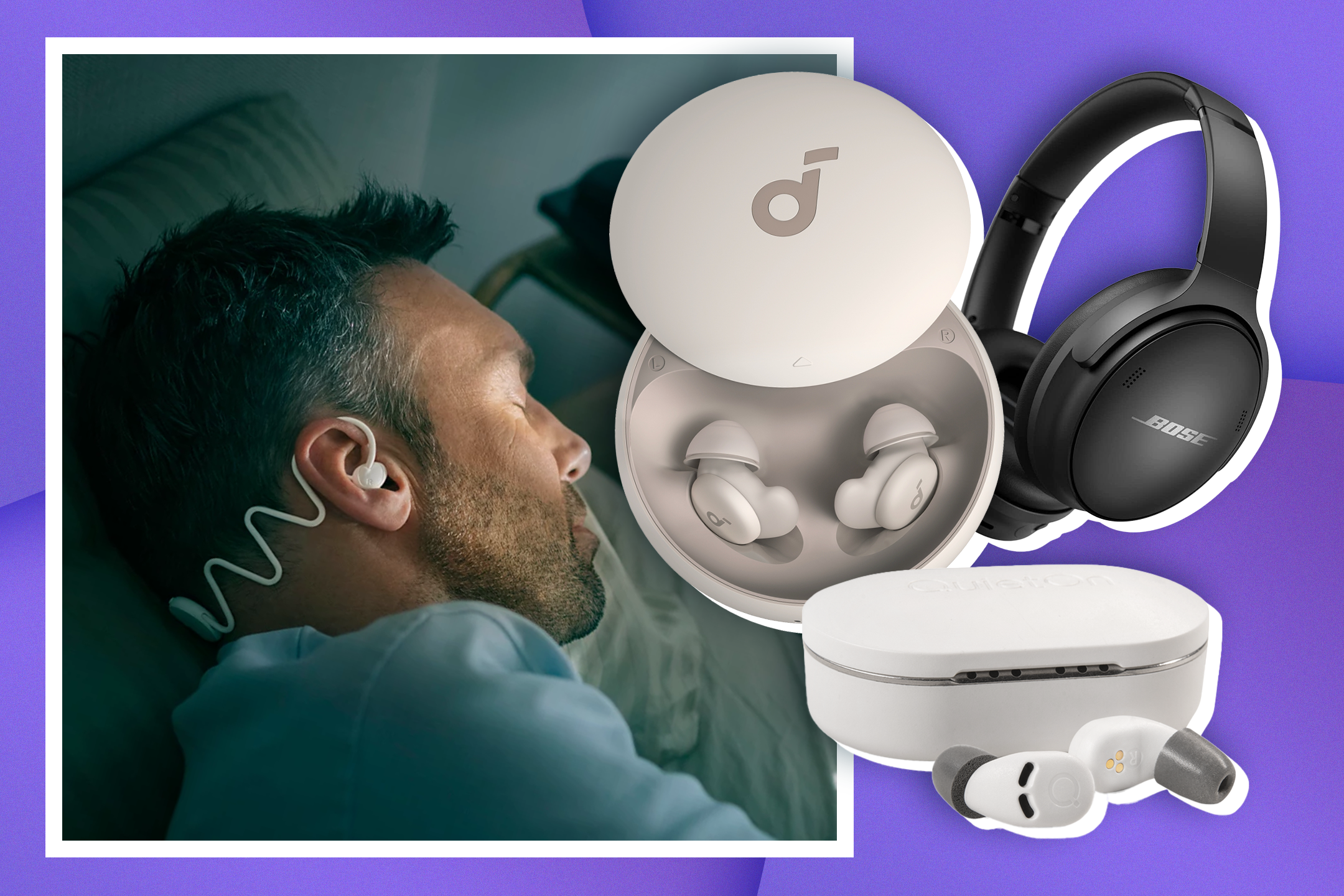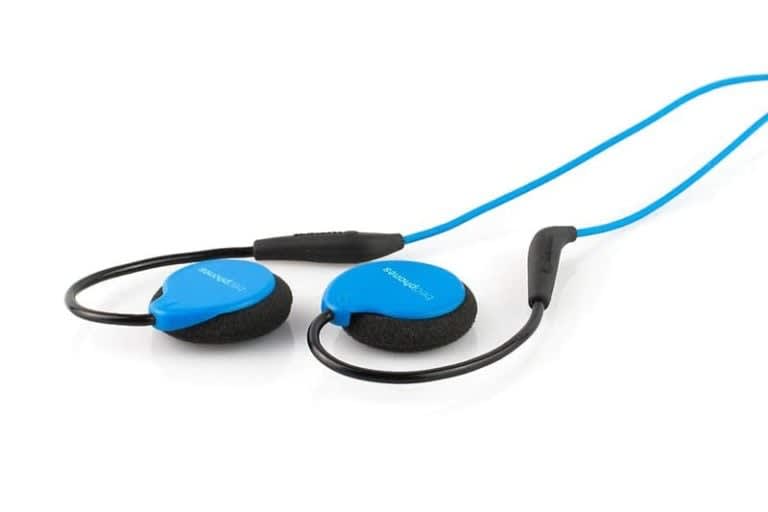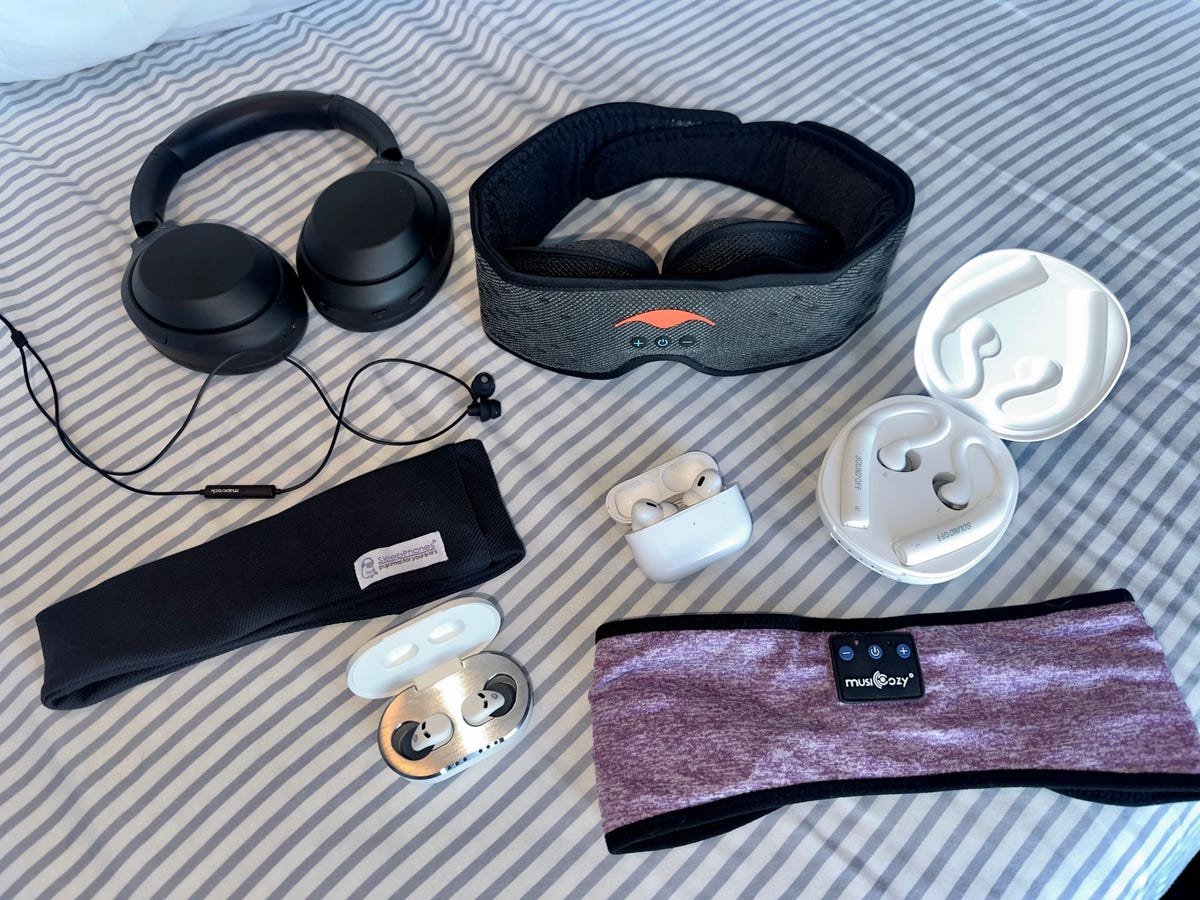Sleep Aid Headset Durability: What Lasts, What Doesn’t?
If you’re investing in tech for better sleep, durability is more than just a feature—it’s the difference between a smart purchase and a frustrating waste of money. At NeuroTechInsider.com, we’ve tested and dissected dozens of the most hyped non-invasive wearables, from NeuroVIZR to Apollo Neuro. But today, we’re diving into a category that’s equally essential yet often overlooked: sleep aid headsets.
Whether you’re team fabric headband or prefer ultra-silent earbuds, one thing is clear: not all sleep headphones are built to last. In this guide, we’ll break down what actually affects headset durability—from internal wiring to battery lifespans—and help you avoid the models that give up after just a few months of use.
1. Why Durability Should Be a Top Priority
Let’s be real. Sleep gear goes through more wear and tear than your typical earbuds. You’re twisting, turning, sometimes even drooling on them. If they’re not made well, you’ll start noticing things like:
- Frayed fabric or stitching
- Loose speaker elements
- Battery life plummeting after just a year
- Washability nightmares (especially headbands!)
And it’s not just about performance—it’s about comfort. Once a headset starts losing its shape or charge, your quality of sleep suffers. That’s a deal-breaker for anyone using these devices to tackle insomnia, ADHD, or chronic stress.
2. Key Factors That Affect Headset Durability
2.1 Build Quality & Materials
Most sleep aid headsets are designed for comfort—think soft fleece or memory foam rather than rugged plastics. But that softness can come at a cost. Headbands like SleepPhones use ultra-thin fabric-coated speakers that feel great on your ears but can wear down quickly with nightly use.
“I’ve had to replace my SleepPhones twice in 3 years. The wiring inside the band gets dodgy after a while.” – Reddit user @sleeplife
On the other hand, models like the Anker Soundcore A20 sleep earbuds prioritize sturdier build with plastic casing and silicone tips, offering more physical longevity—at the expense of initial comfort for side-sleepers.

2.2 Battery Life & Charge Cycles
Battery degradation is a real thing. Most sleep aid headsets promise between 10 to 28 hours of runtime, depending on brand and usage. The QuietOn 3.1 earbuds, for example, stretch to 28 hours, which sounds great—until you realize most lithium-ion batteries start degrading after 300–500 charge cycles.
Here’s what that means in real-world use:
- Using a headset nightly? Expect 1–2 years of consistent performance.
- Charging every other day? You might extend it to 2.5–3 years max.
- Never let it go to 0% battery. Deep discharges kill batteries faster.

2.3 Washability & Maintenance
This one’s a silent killer. Many people don’t realize their sleep headsets are only partially washable. For example, with fabric headbands like SleepPhones, you’ll need to remove the internal speakers before tossing them in the wash.
Skip this step—or reinsert the components carelessly—and you’re risking:
- Internal wire breakage
- Static interference
- Sound imbalance
We’ve seen plenty of user reviews complaining about durability issues after repeated washes, especially when cleaning weekly or biweekly. Check out the [SleepFoundation’s care tips](https://www.sleepfoundation.org/best-headphones-for-sleeping) if you’re unsure how to do it right.
2.4 Common Wear Issues
Even with proper use, some things just don’t last forever. Here are the top signs your headset is reaching its end:
- Fraying charging cables – often the first sign of trouble
- Foam pad degradation – visible stickiness, thinning, or shape loss
- Loose speakers – misaligned drivers reduce sound quality

3. Headbands vs Earbuds: Which Lasts Longer?
This debate is hotter than you’d expect. Here’s our take, based on real data and reviews:
3.1 Headband-Style Headsets
They’re super comfortable, especially for side sleepers. But they come with trade-offs:
- Fabric wears over time (usually frays or loses elasticity)
- Electronics must be removed to wash (risk of damage)
- More prone to stretching or speaker shift
Lifespan: 1–3 years with careful maintenance
3.2 In-Ear Sleep Earbuds
More durable from a hardware standpoint. Brands like QuietOn and Anker offer compact, sealed designs that protect internal components better. However, they can be uncomfortable for strict side-sleepers or those with sensitive ear canals.
- Battery lasts longer with charging case
- Harder to clean, but less likely to fray or warp
- May outlast fabric models with the right usage
Lifespan: 2–3 years average with nightly use

In the next half of this article, we’ll dive into real-world warranty terms, long-term user reviews, and expert tips to help you maximize your headset’s lifespan. We’ll also share our top recommendations based on durability testing at NeuroTechInsider.com.
Need a full comparison of sleep headsets for 2025? Check our updated list here →
4. Real-World Lifespan Expectations
At NeuroTechInsider.com, we put sleep tech through the wringer—not just for comfort or sleep tracking, but for how it holds up after 6 months… 12 months… even 2 years of nightly use. Here’s what we’ve learned about how long your sleep headset is likely to last:
4.1 Warranty Coverage: What’s Actually Protected
Most reputable sleep headset brands offer a 1-year limited warranty. That sounds comforting—until you read the fine print:
- **What is covered:** Manufacturing defects, early battery failure, faulty wiring.
- **What isn’t covered:** Normal wear and tear, cosmetic damage, accidental breakage, improper washing.
For example, SleepPhones will replace a faulty speaker, but not if it was damaged during cleaning. The QuietOn warranty only covers functional failure, not battery degradation over time.
“I had a fraying cable issue after 8 months. Customer service said it was normal wear—not covered. Disappointing but understandable.” – Verified user review
4.2 Long-Term User Reviews & Case Studies
We dug through forums, Reddit threads, Amazon reviews, and direct reader feedback to find how real people are experiencing these headsets over time:
- SleepPhones Wireless: Average lifespan 18–24 months with nightly use. Most users report fabric thinning and sound imbalance after the 1-year mark.
- Anker Soundcore A20: Often lasts 2–3 years thanks to its hard-shell build and charging case. Some complaints around earbuds losing snug fit after 18 months.
- DubsLabs Bedphones: Slim profile but wiring often becomes unreliable after a year. Better for occasional use rather than every night.
Want a deeper look at which models hold up best under pressure? See our Durability Rankings for Sleep Headsets.
5. Pro Tips: How to Maximize Your Headset’s Lifespan
5.1 Wash Like a Pro
Don’t just toss your headband into the washing machine and hope for the best. Here’s how to make your headset last longer:
- Remove electronics completely before washing any fabric headset.
- Use a mesh laundry bag to reduce stretching and tearing.
- Air dry only. Never tumble dry—it damages elastic fibers.
And if you’re working with earbuds, wipe them weekly with an alcohol-free solution and soft cloth. This helps prevent wax buildup and maintains audio clarity.
5.2 Charging Smart = Longer Battery Life
We see it all the time: users leave their headset plugged in all night. Don’t. Overcharging heats up lithium batteries and shortens lifespan.
Here’s the game plan:
- Charge after it drops to around 20–30%
- Unplug once it hits 90–100%
- Store in a dry, cool place—avoid bathrooms or windowsills
Most batteries die faster from heat and overcharging than actual usage. Want to make your headset last 3 years? Start here.
6. Summary: What to Look for in a Durable Sleep Headset
Not all sleep headsets are created equal. If you’re serious about long-term results—and not replacing your gear every year—here’s your durability checklist:
- High-quality materials: Stitching, fabric, speaker housing should feel firm—not flimsy
- Long battery life + replaceable cable: A headset that runs all night and can be charged safely is key
- Proper wash instructions: Removable parts, waterproofing, or at least an easy care guide
- Brand reputation: A one-year warranty is standard, but brand support makes all the difference
When in doubt, invest in a model that prioritizes both comfort and construction. And yes, spending a little more upfront often saves you a headache later.
See our top picks in the Best Sleep Headphones of the Year.
7. Frequently Asked Questions (FAQs)
How long do sleep headsets typically last?
Headband models last around 1–3 years; earbud models can go up to 3 years with good care. Battery degradation and fabric wear are common reasons for replacement.
Are sleep headsets washable?
Only fabric headbands are washable—and even then, you must remove the internal electronics first. Earbuds are not washable but can be wiped clean.
Can I use sleep headphones every night?
Absolutely. Just be sure to follow proper care and charging practices to extend the lifespan. Rotate or rest the gear occasionally to preserve materials.
What’s the most durable sleep headset in 2025?
Our current top pick for durability is the Anker Sleep A20, thanks to its robust design, case charging, and solid battery management system.
Final Thoughts: Don’t Just Sleep Better—Sleep Smarter
If you’ve made it this far, you’re not just looking for a gadget—you want a real solution. And that’s what we’re all about at NeuroTechInsider.
From neurostimulation headsets to sleep EEG trackers, our mission is simple: help you choose devices that actually improve your brain health—without the side effects, the scams, or the short shelf life.
Looking for the next-gen wearables that go beyond headphones? Explore our deep dives on:
Sleep well, stay sharp, and don’t forget: durability is peace of mind. Let’s make every night count.
https://www.cnet.com/a/img/resize/de06b2005af5f4bcbd50b491d5ab107b6cbf0b90/hub/2024/12/09/977e01cc-7008-49b8-b7e4-11bea5511a54/img-0562.jpg?auto=webp&width=1200
